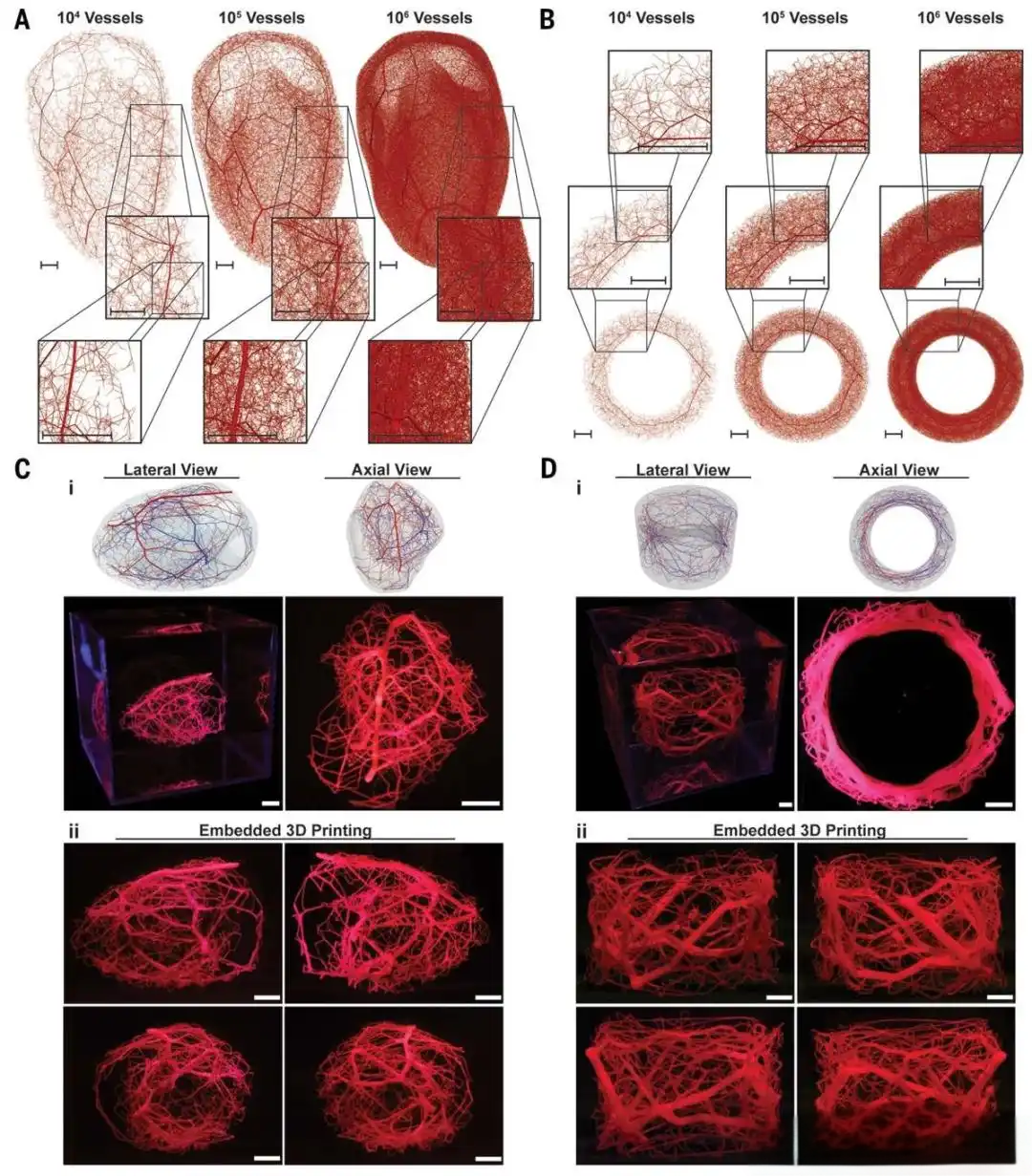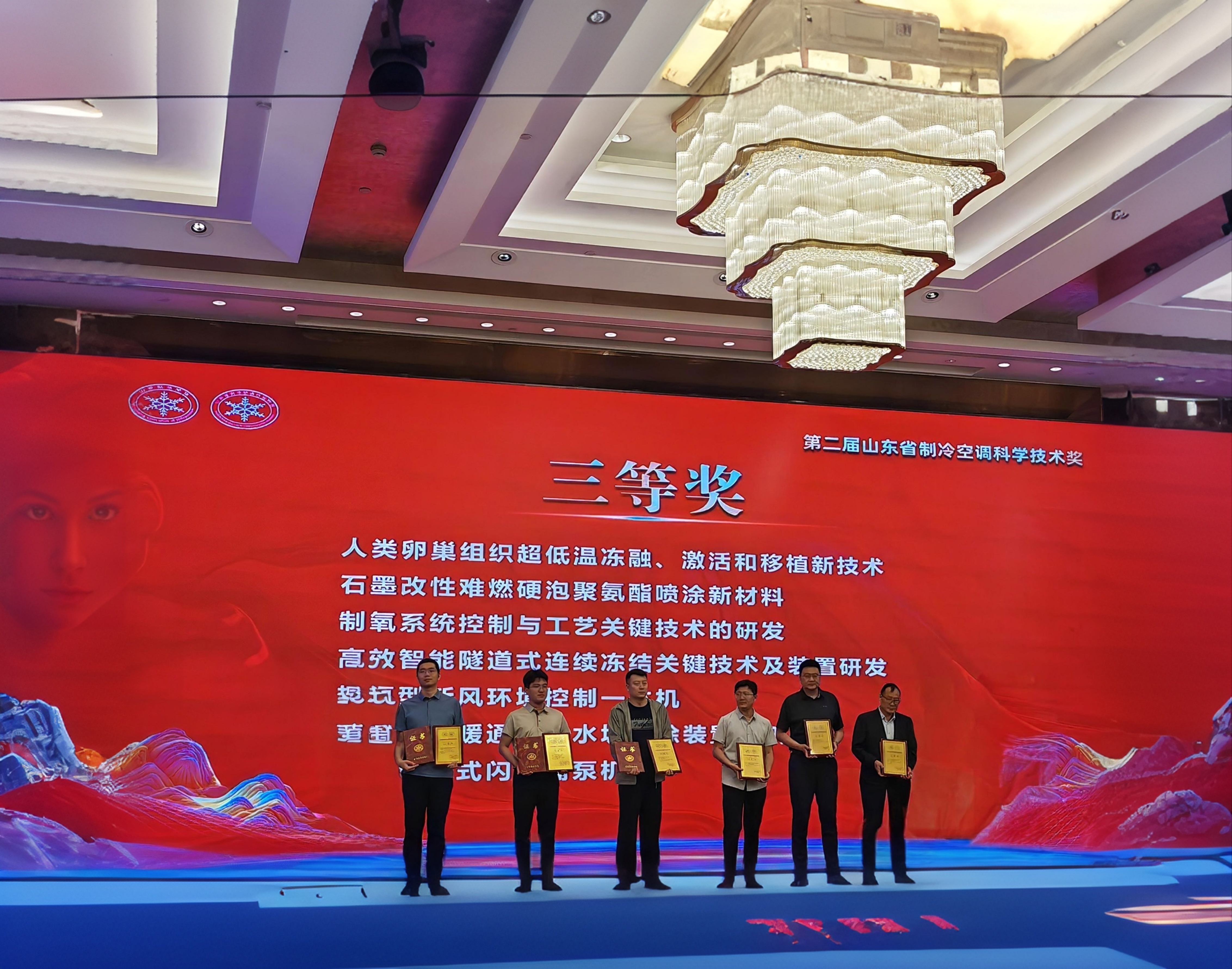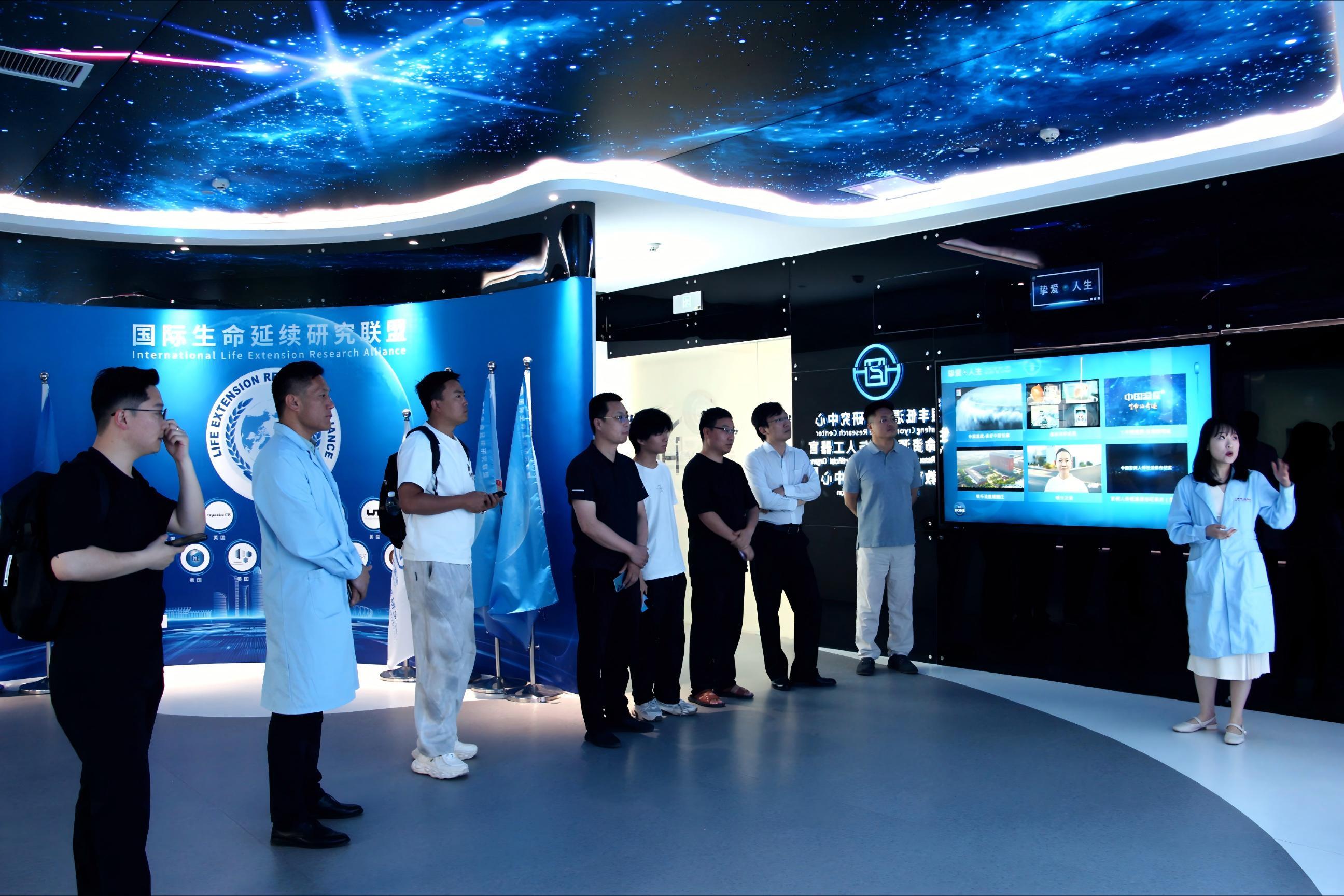Scientists Breakthrough in Key Technology for 3D - Printed Organs: Rapid Generation of Vascular Networks
Release time:
2025-06-27
Recently, the team led by Alison Marsden from Stanford University in the United States published a significant breakthrough in the journal Science. They successfully developed a computational model that can rapidly design the vascular network for 3D - printed organs. This technology is expected to greatly reduce the manufacturing time of artificial organs and offer new solutions to the problem of organ transplantation shortage.
Breakthrough Technology: Minute - Level Vascular Network Design
Currently, one of the biggest challenges in 3D - printing organs is constructing a fully functional vascular network. Traditional methods take days or even weeks to design the blood vessels. However, the computational model developed by the Marsden team, based on the mathematical laws of blood vessel branching, can generate an optimized vascular network for any organ within minutes.
The researchers used a 1 - centimeter - wide ring structure 3D - printed with kidney cells as the experimental object. They designed a network consisting of 25 blood vessels in just a few minutes. Then, they used the cold gelatin particle printing technology. By melting the gelatin at 37°C, they created 1 - millimeter - wide hollow blood vessel channels. The experiment showed that this vascular network can significantly improve cell survival rates. After one week, the number of viable cells in the kidney cell ring with the implanted blood vessels increased by about 400 times, while the cell survival rate in the control group without blood vessel implantation was extremely low.

Clinical Prospects: Animal Experiments May Be Conducted within 5 Years
Although this technology is still in its early stage, the research team is full of confidence in its future applications. Marsden said, "We can keep the cells close to the blood vessels alive, but the cells at a greater distance will still die due to lack of nutrients. Next, we will optimize the printing technology for finer and more branched blood vessels."
Hugues Talbot from the University of Paris - Saclay commented, "This method may enable scientists to complete the vascular network design for full - sized organs within hours instead of days or weeks." The research team plans to develop a blood vessel printing method suitable for large organs in the future and hopes to conduct transplantation experiments on large animals such as pigs within 5 years.
Great Significance: Promoting the Commercialization of Artificial Organs
Globally, a large number of patients wait for organ transplants due to organ failure every year, but the supply of donors is severely insufficient. If 3D - printed organs can achieve the rapid construction of vascular networks, it will greatly accelerate the research and development process of artificial organs and is expected to relieve the problem of organ shortage in the future.
This breakthrough marks a crucial step for 3D bioprinting technology towards clinical application. The research team said that their long - term goal is to establish a standardized production process for artificial organs and ultimately achieve a more efficient organ replacement solution. With the continuous progress of stem cell technology and bioprinting technology, personalized customized organs may become a reality in the future, completely changing the medical model of human organ transplantation.
Latest developments
Recently, the "Novel Technology for Ultra-Low Temperature Cryopreservation, Activation, and Transplantation of Human Ovarian Tissue," developed through a collaborative effort between Shandong Yinfeng Life Science Research Institute and Beijing University of Chinese Medicine Shenzhen Hospital, has been awarded the 2025 Shandong Refrigeration and Air Conditioning Science and Technology Award. This groundbreaking technology pioneers a new pathway for female fertility preservation, marking a significant leap in China’s interdisciplinary advancements in reproductive medicine and cryobiology.
On May 19, a delegation from the Chinese Training Workshop for Government Officials of Developing Countries visited the exhibition hall of Yinfeng Biological Group's Cryomedicine Research Center. Government officials from multiple countries gained in-depth insights into Yinfeng’s innovative achievements in cryobiomedicine, cell storage, genetic technology, and other fields. They engaged in discussions with the delegation on technology transfer and international cooperation, contributing to the building of a global community with a shared future for humanity.
On the morning of May 17, 2025, an immersive exploration into life sciences and cryomedicine concluded successfully at Jinan Yinfeng Biological Science Park. Hosted by the Shandong Yinfeng Life Science Research Institute, this event offered members a firsthand look into the research base through activities such as ultra-low temperature cryotherapy experiences, brainwave signal acquisition system trials, and expert panel discussions. Participants witnessed the infinite possibilities that cryogenic technology and life sciences hold for humanity.
The international academic platform ScholarGPS recently announced its global lists of Highly Ranked Scholars - Lifetime and Highly Ranked Scholars - Prior 5 Years, recognizing the top 0.05% of scholars across various disciplines. Among the selected Chinese scholars are national-level talents, leading figures in specialized fields, and seasoned academics dedicated to long-term research.
In January 2025, members of the Yinfeng cryomedicine team actively participated in the "Sino-French Aerial Emergency Medical Rescue Training" and obtained certification. This signifies a further enhancement of the team's professional capabilities in the field of international emergency medical rescue.












